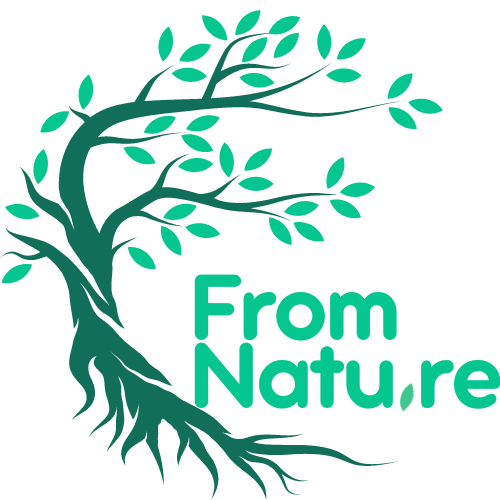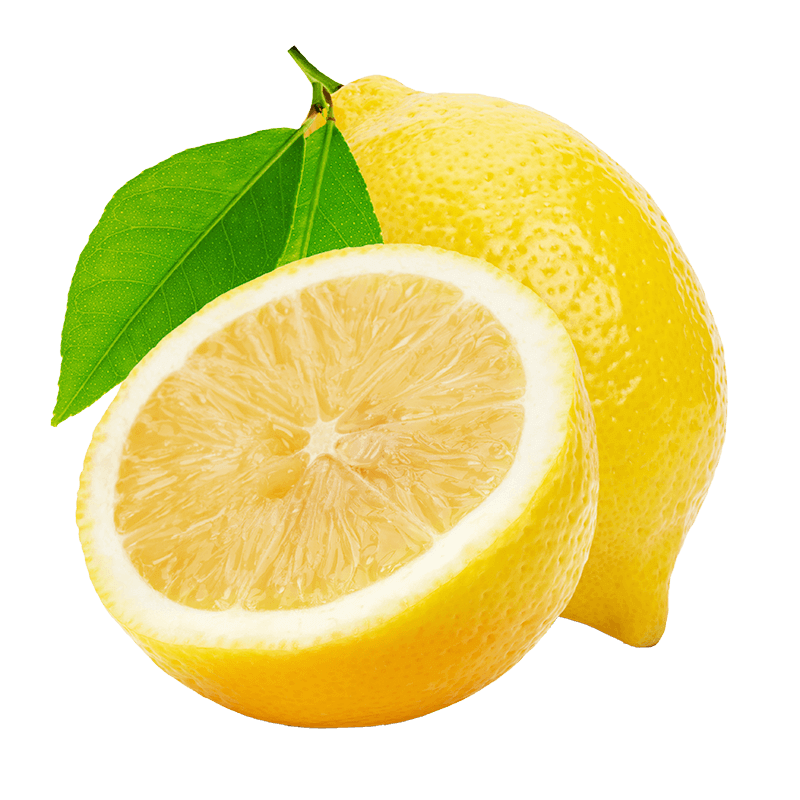Latin name
Citrus limonum Risso
Origin
The Himalayas, Asia, the Middle East, southern Europe.
Used part
The fruit.
Active components
Essential oil (limonene, citral): antibacterial and antiviral action.
Citric acid: Organic acid.
Flavonoids: Antioxidants.
Vitamin C: hydrosoluble antioxidant.
Pectin: Polysaccharide with prebiotic action.
Usage
Lemon is used in a wide variety of food and drinks. For example, its juice and its zest are used to make marmalade and liqueur. Candied lemon zest is made by boiling the rind in a syrup and exposing the contents to the air to crystallise the sugar . Lemon juice is also used as a preservative for certain foods that tend to oxidise and turn brown after being cut, such as apples, bananas and avocados. Its acid denatures the enzymes that cause the browning and degradation. Lemon juice is used in traditional medicine as an astringent, a sudorific, a diuretic, a mouth wash, a lotion and a tonic. In the 1600s, doctors discovered that consuming lemon juice on a daily basis could prevent epidemics of scurvy in sailors during long sea voyages. English ships were bound by law to carry enough lemons or limes for each sailor to receive their necessary dose. An essential oil is prepared by pressing lemon rind or through vapour distillation. It is commonly used in perfumes and cosmetic products. This essential oil is also diffused in the workplace to stimulate employees and to help them make fewer errors. A French surgeon, Jean Valnet, a pioneer in the medicinal use of essential oils, used lemon oil as a natural antiseptic in the treatment of wounded soldiers during the Second World War.

